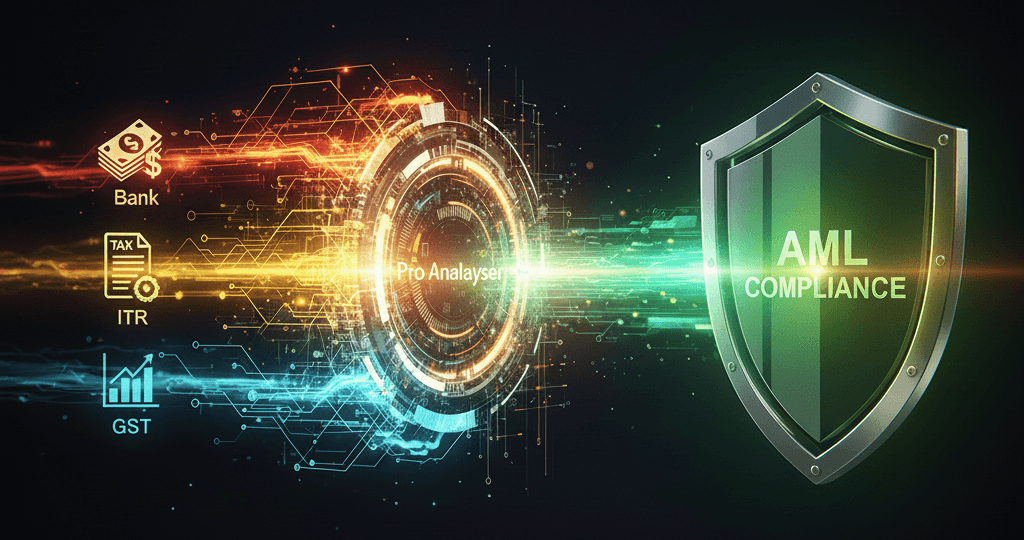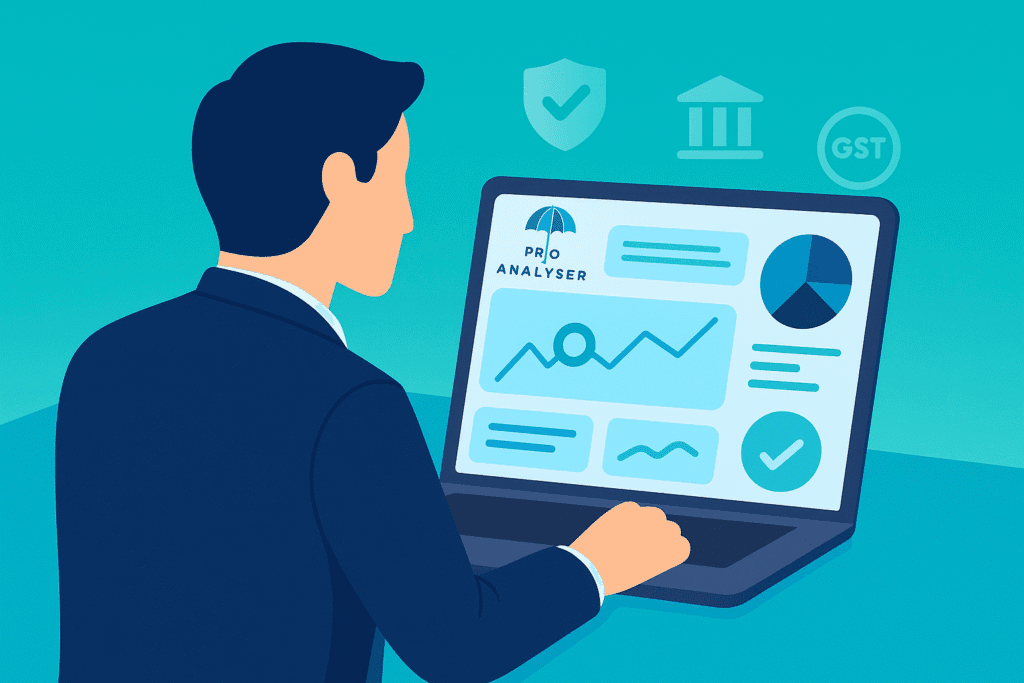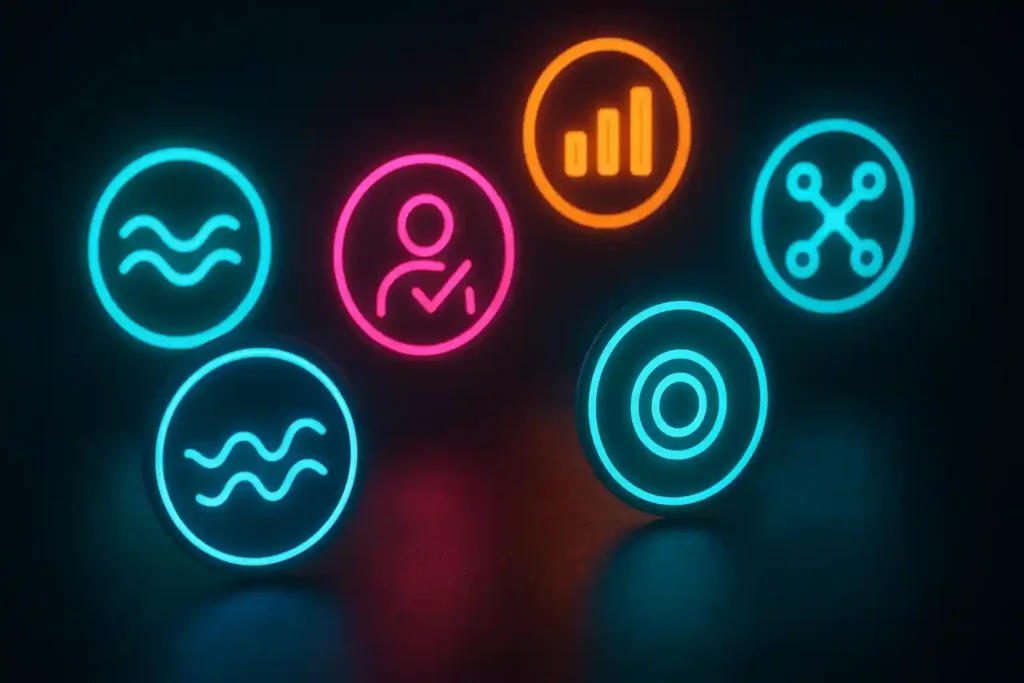Imagine you have to decide as a lender whether to approve a loan by flipping through pages—not of a credit report—but bank statements. Sounds old school? Well, it’s actually the secret sauce behind credit assessment for smarter lending decisions in today’s fintech world. Let’s dive into how these financial chronicles reveal creditworthiness beyond simple numbers.
What is Credit Assessment?
Credit assessment is the process used by lenders and financial institutions to evaluate an individual’s or business’s ability to repay borrowed money. It involves analyzing financial data such as income, expenses, and liabilities to determine creditworthiness and risk. Effective credit assessments help reduce loan defaults and support fair lending decisions.
Why Bank Statements Are Vital for Credit Assessment
Bank statements literally tell the real story of money flowing in and out. Unlike tax returns or salaries, these records capture actual transactions, revealing income consistency and spending habits.
For lenders, this transparency lowers risk and boosts confidence when extending credit, especially in sectors like lending and NBFCs where financial clarity is king. Interested in reducing credit risk? Read our blog on how bank statement analysis plays a crucial role in credit risk assessment.
Step-by-Step Guide to Conducting Credit Assessment Using Bank Statements
- Collect and Authenticate Statements
Obtain 3-6 months of bank statements. Always verify authenticity to avoid fraud risks.
- Check Income Consistency
Look for steady deposits indicating reliable revenue streams. Erratic income patterns raise concern.
- Analyze Spending Patterns
Identify recurring expenses and potential red flags, such as sudden large outflows or risky transactions.
- Spot Overdrafts and Bounced Payments
Frequent overdrafts or bounced checks signal cash flow problems and credit risk.
- Calculate Debt-to-Income Ratio
Compare outgoing loan payments to incoming funds to evaluate borrowing capacity.
- Uncover Hidden Liabilities
Scan for recurring charges or loans not disclosed during the application process.
Key Metrics and Indicators to Look for
- Average monthly balance trend
- Frequency and size of deposits
- Types and consistency of expenses
- Overdraft frequency and amounts
- Loan or EMI payment patterns
- Presence of unusual transactions or new beneficiaries
Together, these metrics offer a 360° financial snapshot—essential for thorough credit evaluation.

How Bank Statement Analysis Software Enhances Credit Assessment
Sorting through piles of bank statements manually is tedious and error-prone, especially for lending institutions managing many applications. That’s where bank statement analysis tools come in.
The best bank statement analysis software uses AI to automatically extract data, categorize transactions, and generate insightful credit reports. This automation accelerates decision-making and improves accuracy, helping lenders confidently assess risks and approve loans faster.
For example, a NBFC cut its credit appraisal time by 60% after embracing such software, while reducing errors significantly. Want to understand what bank statement analysis software is and how it works? Read our blog on its benefits and real-world use cases.
Benefits of Using the Best Bank Statement Analysis Software
-
Enhanced Accuracy: Minimizes human errors in data entry and interpretation.
-
Faster Processing: Handles multiple bank formats in seconds—no manual sorting needed.
-
Risk Alerts: Automatically flags suspicious or risky transactions for closer review.
-
Regulatory Compliance: Maintains a reliable audit trail to satisfy compliance requirements.
-
Seamless Integration: Works smoothly with existing fintech platforms and loan management systems.
Using a cutting-edge solution isn’t just a convenience; it’s a strategic edge in today’s competitive lending landscape.
Choosing the Right Bank Statement Analysis Tools for Your Needs
Not all software is created equal. When selecting a tool, consider:
- Support for 500+ bank formats, covering regional variations
- AI-driven transaction categorization for accurate insights
- User-friendly dashboards tailored for finance professionals
- Robust data security and privacy measures
- Responsive customer support and regular updates
Our bank statement analysis tool meets these criteria, empowering lenders, auditors, and NBFCs to sharpen credit assessments effortlessly.
Conclusion and Next Steps
Bank statements reveal more than just numbers—they tell a borrower’s story, helping lenders make smarter decisions confidently. With the power of Pro Analyser’s advanced bank statement analysis software, credit assessments become faster, more accurate, and less stressful.
Ready to upgrade your credit assessment process and gain a competitive advantage? Discover the bank statement analysis software designed for finance and lending professionals just like you.
Visit our bank statement analysis page to learn how we can simplify and strengthen your lending operations.



